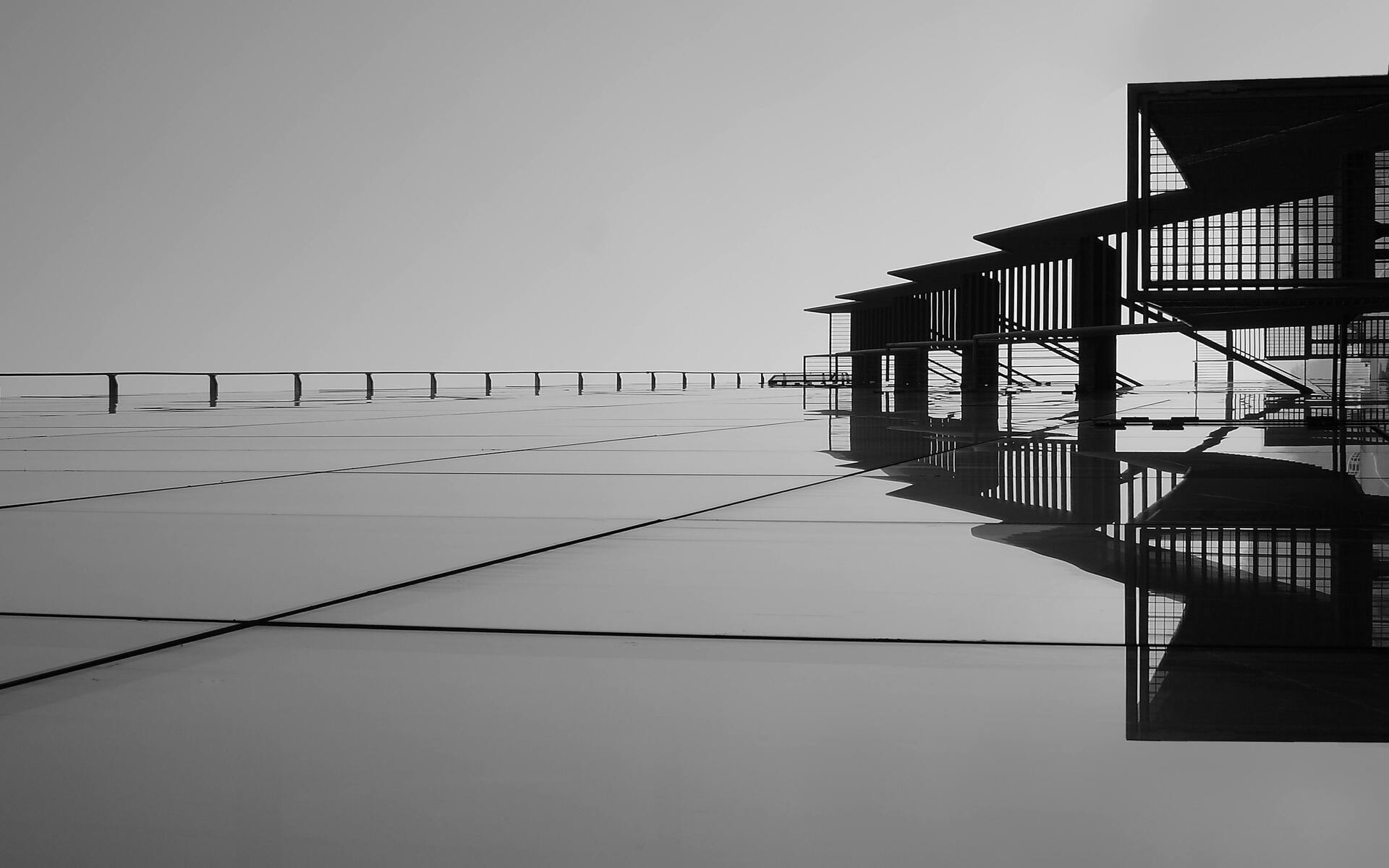
FAQ About Architectural Photography
Architectural Photography
2 years ago | gizem
What equipment do I need for architectural photography?
To excel in architectural photography, you'll need a specific set of equipment tailored to the unique demands of this genre. Here's a list of essential equipment for architectural photography:
- Camera: A digital single-lens reflex (DSLR) or mirrorless camera is preferred, but high-end compact cameras can also work well. Choose a camera with manual controls for exposure, focus, and white balance.
- Lenses: High-quality lenses are crucial for architectural photography. Consider the following types:
- Wide-Angle Lens: A wide-angle lens, typically between 14mm and 35mm, is essential for capturing entire buildings or tight spaces.
- Tilt-Shift Lens: These specialized lenses allow you to control perspective distortion and maintain parallel lines, critical for architectural shots. They are especially useful for photographing tall buildings.
- Tripod: A sturdy tripod is essential to ensure stability and reduce camera shake, especially in low light conditions. Look for one with adjustable legs and a ball head for flexibility in positioning your camera.
- Remote Shutter Release: A remote shutter release or cable release minimizes camera shake when taking long-exposure shots.
- Filters: Consider using filters to control light and enhance your shots:
- Polarizing Filter: Reduces reflections and enhances color saturation.
- Neutral Density (ND) Filter: Allows for longer exposures, useful for creating motion blur in moving elements like clouds or water.
- Graduated ND Filter: Helps balance exposure between the sky and the foreground in landscape shots.
- Lighting Equipment: While natural light is often preferred, you may need lighting equipment for interior shots or to supplement natural light. Options include speedlights, strobes, softboxes, or continuous lighting.
- Laptop or Tablet: Useful for on-site image review, adjusting camera settings, and tethered shooting if necessary.
- Memory Cards and Storage: High-capacity and fast memory cards are essential, as architectural photography often generates large files. Carry extra cards and a reliable storage solution.
- Cleaning Kit: Dust and smudges on your camera sensor or lens can ruin shots, so keep a cleaning kit handy.
- Drones: A drone with a good camera can provide unique aerial perspectives of architecture. Ensure compliance with local regulations when using drones.
- Ladder or Elevated Platform: For shots requiring elevation or a higher vantage point, a ladder or elevated platform may be necessary.
- Lens Hood: Reduces lens flare and protects the lens from direct light.
- Backpack or Camera Bag: Invest in a camera bag that can safely carry and protect your camera, lenses, and accessories while providing easy access.
- Notebook and Pen: Useful for jotting down location details, shot ideas, or client notes.
- Lens Cloth and Blower: Keep these handy for quick lens and camera cleaning in the field.
- Spirit Level or Bubble Level: Ensures your camera is perfectly level, especially when photographing architecture with straight lines.
- Sturdy Shoes: Comfortable and appropriate footwear for exploring and accessing different vantage points.
- Personal Protective Gear: Depending on the location and conditions, you might need items like a hard hat or safety vest when working around construction sites.
